Have you ever started a new workout routine full of enthusiasm and excitement, only to find that your motivation dwindles after a few weeks?
Or maybe you've been working out for some time but do not see the results you hoped for, leaving you feeling discouraged and frustrated. This is where tracking your fitness progress becomes essential.
Tracking fitness progress lets you see how far you have come, celebrate your successes, and identify improvement areas.
By keeping track of your progress, you can adjust your workout routine, diet, and other factors to help you achieve your fitness goals. We will discuss 10 ways to track fitness progress that will help you stay motivated and achieve success.
Whether you are just starting your fitness journey or have been exercising regularly, these methods can help you track your progress and meet your fitness goals.
From body measurements to fitness assessments, progress photos, journaling, wearable technology, and personal trainers, there are many ways to monitor your fitness progress.
By the end of this article, you will have a comprehensive understanding of the different ways to track fitness progress and will be able to choose the methods that work best for you.
Here's How to Monitor Your Fitness Progress
Keeping track of your fitness progress is essential to meeting your goals. Whether you want to lose weight, build muscle, or improve your overall health, monitoring your progress can help you stay motivated and inspired to keep pushing forward. There are various ways to track your fitness progress, some of which are discussed below:
1. Set SMART Goals

If you want to track your fitness progress effectively, setting SMART goals is essential. SMART stands for Specific, Measurable, Achievable, Relevant, and Time-bound. When you set SMART goals, you are setting yourself up for success. Here's how to do it:
- Specific: When setting a fitness goal, be as specific as possible. It's best to avoid general goals like "becoming healthier" or "losing weight" because they lack specificity. Instead, aim for more precise goals by defining exactly what you want. For instance, setting a goal of losing 10 pounds or being able to do 10 push-ups are specific targets that can guide your fitness progress.
- Measurable: A measurable goal is one that you can track progress towards. When setting a fitness goal, consider how you will measure your progress. Will you measure your progress by the number of pounds lost or how long it takes you to run a mile?
- Achievable: When setting a fitness goal, it's essential to ensure it is achievable. If you set a too-difficult goal, you will likely become discouraged and give up. On the other hand, if your goal is too easy, you may not feel motivated to work toward it.
- Relevant: When setting a fitness goal, ensure it is relevant to your fitness journey. If your goal is to lose weight, ensure it aligns with your goal of becoming healthier. If your goal is to run a marathon, it must align with your overall goal of improving cardiovascular health.
- Time-bound: Finally, make sure that your fitness goal has a deadline. Establishing a target date for achieving your fitness goals can boost your motivation and concentration. For instance, setting a deadline of three months to lose 10 pounds or aiming to run a 5K in six weeks can help you stay on track and focused on attaining your goals.
Setting SMART goals is an essential first step in tracking your fitness progress. By making your goals specific, measurable, achievable, relevant, and time-bound, you'll have a clear roadmap for success.
2. Practicing Mindfulness

Practicing mindfulness can be a great way to track your progress toward your fitness goals. These practices, such as meditation, yoga, or deep breathing exercises, allow you to become more in tune with your body and mind.
By focusing on the present moment and paying attention to your physical and mental state, you can become more aware of changes and progress in your overall health and well-being. For example, you may notice that you feel more relaxed or less stressed after a meditation session or that your balance has improved after practicing yoga for a few weeks.
These small changes can add up over time and contribute to your overall progress toward your fitness goals. Additionally, practicing mindfulness can help you stay motivated and committed to your fitness routine as you become more aware of its positive impact on your mental and physical health.
3. Body Measurements

Another way to track your fitness progress is by taking body measurements. This is especially helpful if you want to lose weight or gain muscle. For example, You can track your weekly progress towards your weight loss goals with the help of our Fat Burner, designed to accelerate calorie burn and promote fast weight loss.
Here are some key body measurements to track:
- Weight: Weigh yourself regularly, ideally once a week. This will help you monitor your weight loss progress.
- Body Fat Percentage: Measuring your body fat percentage is a more accurate way to track your progress than just measuring your weight. You can use a body fat scale, skinfold calipers, or have a professional take the measurement.
- Circumference Measurements: Measure the circumference of crucial body parts such as your waist, hips, arms, and thighs. This will help you see changes in your body composition.
By taking body measurements, you can track your progress and see tangible evidence of the changes in your body. This can serve as a powerful motivator and assist you in staying focused on achieving your fitness objectives.
4. Body Mass Index (BMI)
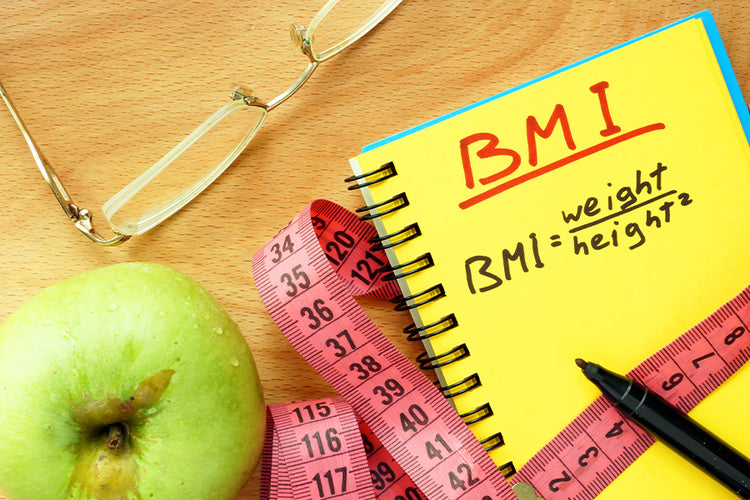
Body Mass Index (BMI) determines how much fat a person has by using their weight and height. While it's not a perfect measurement, it can be a helpful tool for tracking your progress toward a healthy weight range. You can calculate your BMI using a BMI calculator online or by using the following formula:
BMI = (weight in pounds / (height in inches x height in inches)) x 703
Here are the general BMI ranges:
- Underweight: BMI below 18.5
- Normal Weight: BMI between 18.5 and 24.9
- Overweight: BMI between 25 and 29.9
- Obese: BMI of 30 or higher
Remember that BMI is only sometimes accurate for everyone, especially athletes or individuals with a lot of muscle mass. Using BMI with other measurements is essential to understand your overall health and fitness progress.
Tracking your BMI can help you monitor your weight and assess whether you're within a healthy weight range. It can also help you identify potential health risks associated with being overweight or obese.
Related Article: BMI Vs. Body Fat Percentage - Which Number Is More Important?
5. Fitness Assessments
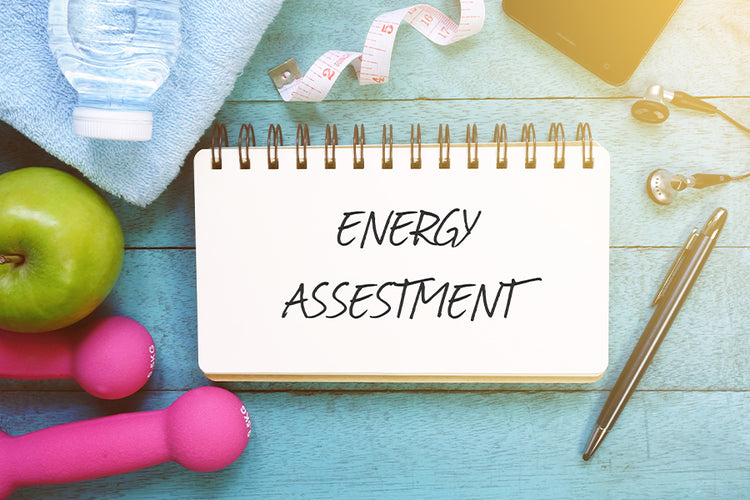
Fitness assessments are tests that evaluate your physical fitness level. These assessments can be done at a gym, fitness center, or with a personal trainer. Fitness assessments can help you identify your strengths and weaknesses, set goals, and track your progress. Here are some common fitness assessments:
- Cardiovascular Endurance: This measures your ability to perform the continuous exercise for an extended period. Examples of tests include running a mile or doing a stationary bike test.
- Muscular Endurance: This measures your ability to perform repeated muscle contractions over a period of time. Examples of tests include push-ups or sit-ups.
- Muscular Strength: This measures the force you can generate with your muscles. Examples of tests include a one-rep max for squats or deadlifts. You can utilize Barbell Squat Pad for Weightlifting, designed to provide ultimate comfort and support for your back and shoulders during heavy lifts.
- Flexibility: This measures the range of motion in your joints. Examples of tests include the sit-and-reach test or the shoulder flexibility test.
By taking fitness assessments, you can get a baseline of your fitness level and track your progress over time. Fitness assessments can also help you identify areas where you need to improve and set goals to work towards.
6. Photos
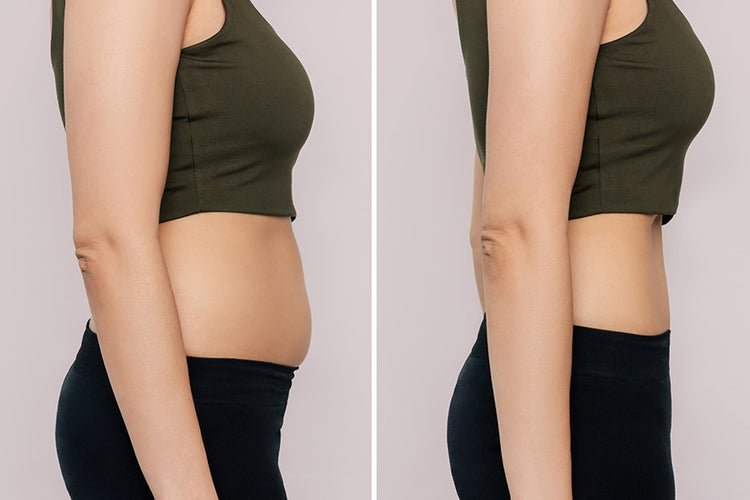
Photos can be a great way to visually see the changes in your body as you progress toward your fitness goals. Take photos at regular intervals, such as once a month or every few months, and compare them to earlier photos.
Wear form-fitting clothing or workout clothes, and take photos in good lighting. Take photos from different angles, such as front, side, and back views, to get a complete picture of your progress. You can also take measurements and note your weight and body fat percentage to understand your progress better.
Remember that progress takes time, and every small step toward your goal is worth celebrating. By taking photos, you can see the changes in your body that you may not have noticed otherwise and stay motivated to keep working towards your fitness goals.
7. Journaling

Keeping a fitness journal can be a powerful tool to help you track your progress and stay motivated. In your journal, you can record your workouts, measurements, and other important information about your fitness journey. You can also write down your goals, successes, and challenges you face along the way.
Writing down what you do and how you feel can help you notice patterns in your habits, behavior, and motivation, which can help you adjust your fitness routine.
For example, you may notice that you skip workouts on certain days of the week or struggle to stay motivated during a particular time of the month. By identifying these patterns, you can change your routine to stay on track toward your fitness goals.
Related Article: What Are Thought Exercises? 6 Thought Exercises to Improve Your Mental Health
8. Wearable Technology
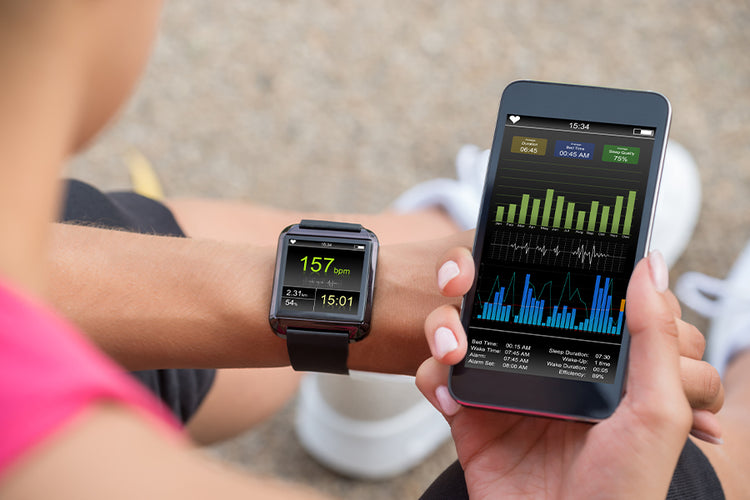
Wearable technology, such as fitness trackers, has become increasingly popular. These devices can track your steps, heart rate, and other biometric data to help you monitor your progress toward your fitness goals.
Some wearable technology can also track your sleep, nutrition, and other lifestyle factors impacting your overall health and wellness. Wearable technology can help you stay accountable to your fitness goals by providing real-time feedback on your progress.
For example, if you set a goal to take 10,000 steps daily, your fitness tracker can alert you when you reach your goal or need to take more steps. Wearable technology can also help you identify areas to improve, such as getting more restful sleep or drinking more water throughout the day.
9. Personal Trainers
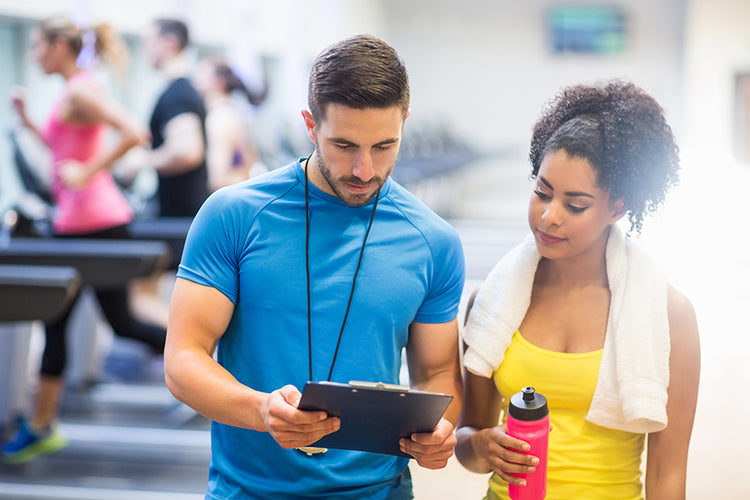
Working with a personal trainer may be a good option if you're struggling to meet your fitness goals or need help knowing where to start. A personal trainer can provide expert guidance, motivation, and accountability to help you achieve your fitness goals.
Personal trainers can create a personalized fitness plan tailored to your needs and goals. They can also provide instructions on proper form and technique to help you avoid injury and get the most out of your workouts. In addition, personal trainers can offer nutrition advice and help you make lifestyle changes that will support your overall health and wellness.
Working with a personal trainer can be a significant investment, but it can be well worth it if you're serious about achieving your fitness goals. By having a qualified professional, you can stay motivated and on track toward reaching your goals.
10. Group Fitness Classes

Group fitness classes can be a fun and effective way to track your fitness progress and reach your goals. These classes are led by certified fitness instructors and are designed to be challenging and motivating.
One of the benefits of group fitness classes is that they provide a structured workout routine that you can attend regularly. This can help you establish a consistent exercise routine, critical to progressing toward your fitness goals.
Group fitness classes also offer a sense of community and support, which can help you stay motivated and accountable.
In addition to helping you stay on track toward your fitness goals, group fitness classes can also provide various health benefits.
For example, high-intensity interval training (HIIT) classes can improve cardiovascular health and increase endurance, while yoga classes can improve flexibility and reduce stress.
Classes appropriate to your fitness level and goals can help you get the most out of your fitness routine. If you're just starting, look for beginner-level classes to help you build a fitness foundation. As you progress, you can try more advanced classes to continue challenging yourself and progressing toward your goals.
In conclusion, group fitness classes can be a fun and effective way to track your fitness progress and reach your fitness goals. These classes offer a structured workout routine, community support, and a variety of health benefits that can help you improve your overall fitness and wellness.
The Bottom Line
Tracking your fitness progress is crucial in achieving your fitness goals. Whether you track your progress through body measurements, photos, wearable technology, or journaling, choosing a method that works for you and that you can stick with over time is essential.
Remember to set specific, measurable, attainable goals and celebrate your progress. By using these 10 ways to track your fitness progress, you'll be on your way to a healthier, stronger, and more confident version of yourself.
So, start tracking today and watch as you progress toward your fitness goals!











